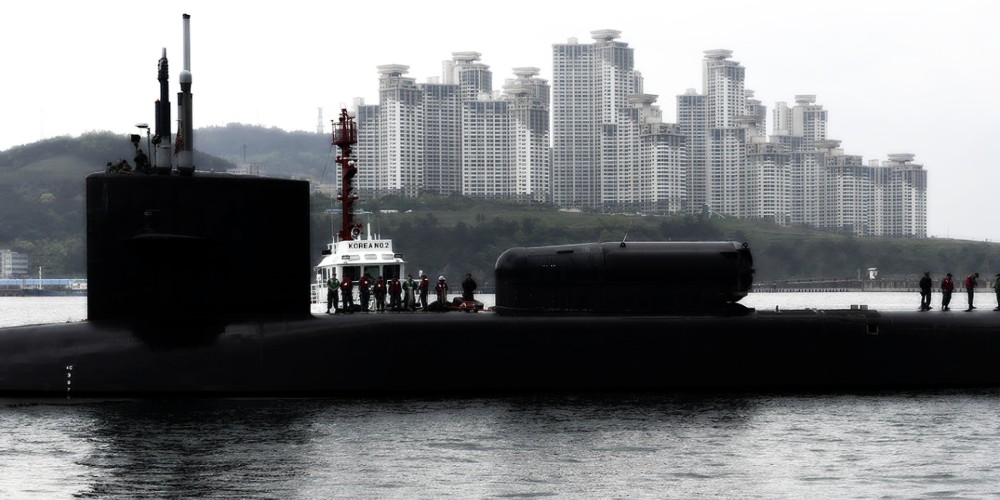![]() A U.S. Navy submarine capable of launching nuclear-armed missiles paid a visit to South Korea for the first time in roughly 40 years in a show of support amid escalating North Korean threats toward the U.S. ally.
A U.S. Navy submarine capable of launching nuclear-armed missiles paid a visit to South Korea for the first time in roughly 40 years in a show of support amid escalating North Korean threats toward the U.S. ally.
North Korea test-fired an advanced intercontinental ballistic missile (ICBM) for just the second time in response to “unprecedented military provocations” by the U.S. and allies against Pyongyang on July 12, CNN reported. Kurt Campbell, the White House official in charge of Indo-Pacific policy, confirmed the port call of the Ohio-class submarine in Busan, South Korea, on Tuesday, amid a larger effort to build trust with South Korea and deepen cooperation on nuclear deterrence, according to The New York Times.
“As we speak, an American nuclear submarine is making port in Busan today,” Campbell said during the inaugural meeting of the Nuclear Consultative Group (NGC) in Seoul, according to CNN. President Joe Biden commissioned the NCG in April to support greater U.S.-South Korea integration of strategic planning and ways to counter North Korea’s nuclear threat.
Ohio-class submarines can carry up to 80 nuclear warheads on Trident missiles, which they can launch at targets up to 4,600 miles away, according to CNN. Their range allows the U.S. to mount a credible deterrent against North Korean nuclear activity even when transiting waters far from North Korea, experts explained.
The port visit reflects Washington’s “ironclad commitment to the Republic of Korea for our extended deterrence guarantee and complements the many exercises, training, operations, and the other military cooperation activities conducted by Strategic Forces to ensure they are available and ready to operate around the globe at any time,” United States Forces Korea said in a statement.
South Korea’s defense ministry also confirmed the submarine’s arrival.
Kim Yo Jong, a senior leader in her brother’s dictatorial regime, said in a statement the Ohio-class submarine’s presence in Busan would further impede communication efforts between the contesting sides, according to CNN. The NCG was “openly discussing the use of nukes against the DPRK [Democratic People’s Republic of Korea] and the entry of U.S. strategic nuclear submarine into waters of the Korean Peninsula for the first time in 40-odd years,” she said.
“The US should know that its bolstered extended deterrence system and excessively extended military alliance system, a threatening entity, will only make the DPRK go farther away from the negotiating table desired by it,” the statement continued.
The communist country escalated invasion rhetoric against South Korea in recent weeks and months and recently extended threats to shoot down U.S. planes.
In a joint statement, the U.S. and South Korea said the NCG would enhance the allies’ “combined deterrence and response posture,” according to CNN.
All content created by the Daily Caller News Foundation, an independent and nonpartisan newswire service, is available without charge to any legitimate news publisher that can provide a large audience. All republished articles must include our logo, our reporter’s byline and their DCNF affiliation. For any questions about our guidelines or partnering with us, please contact licensing@dailycallernewsfoundation.org.




